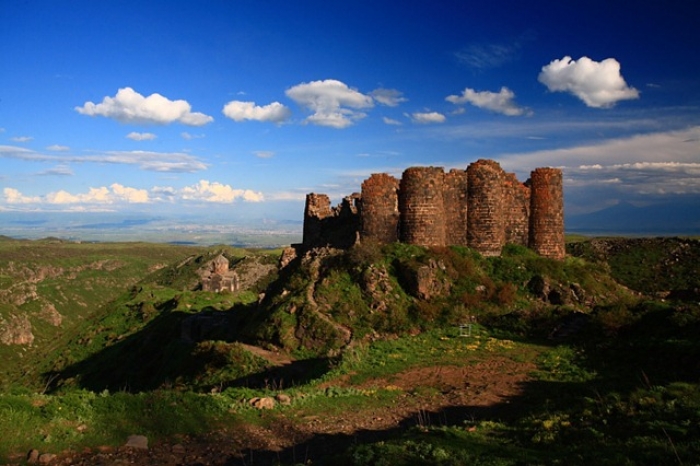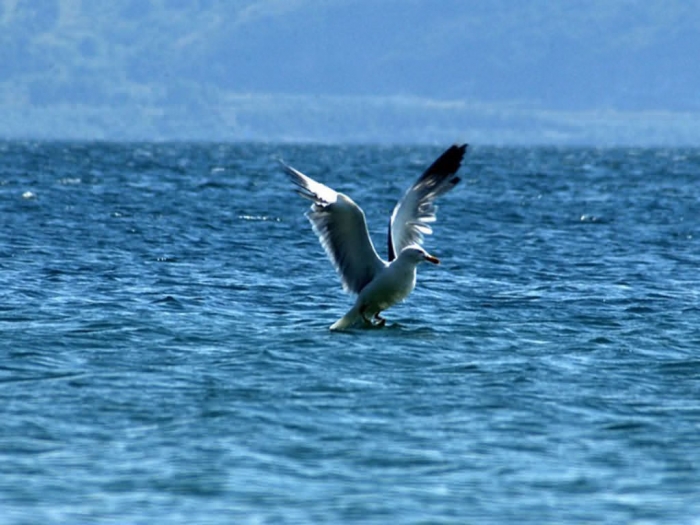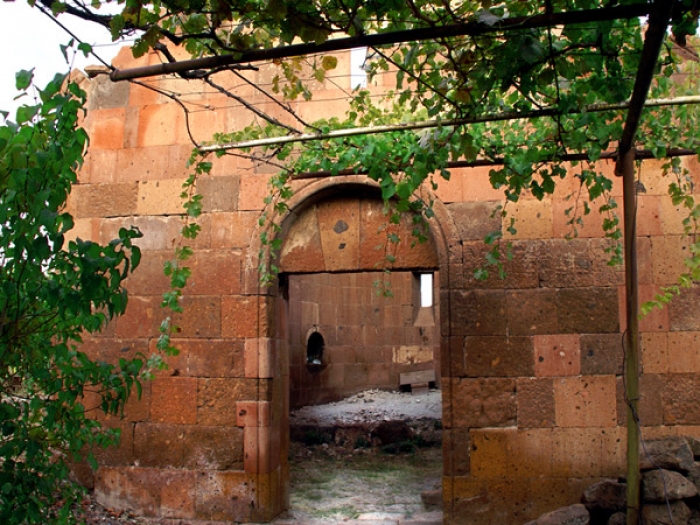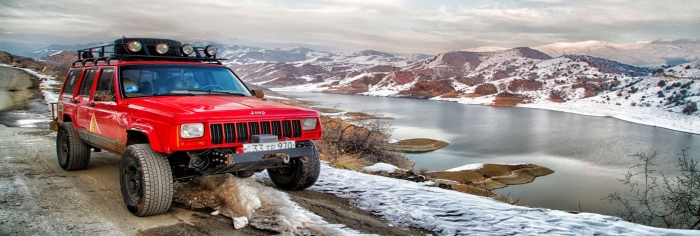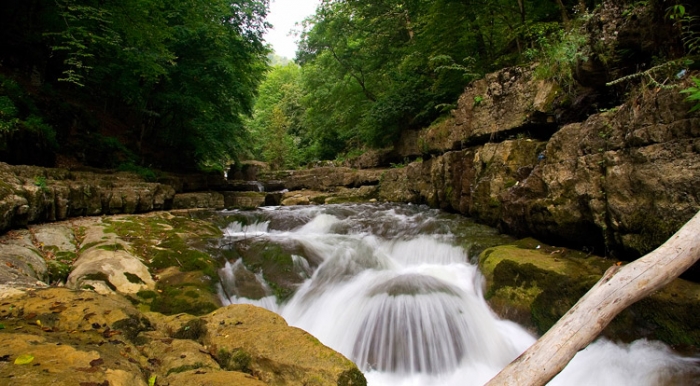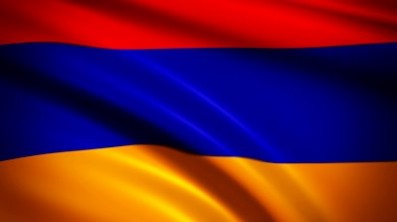Why Armenia?
Did you know that Armenians are the oldest Christian nation? Did you know that the international popularities like Sher (Sher Sargsyan) and Charles Aznavour Shahanour (Varinag Azanavourian) are Armenians? Those deciding to travel never take in mind to travel to Armenia - a mountainous country of picturesque landmarks and a busy colorful capital city...
Yerevan seems to be too young to be old…
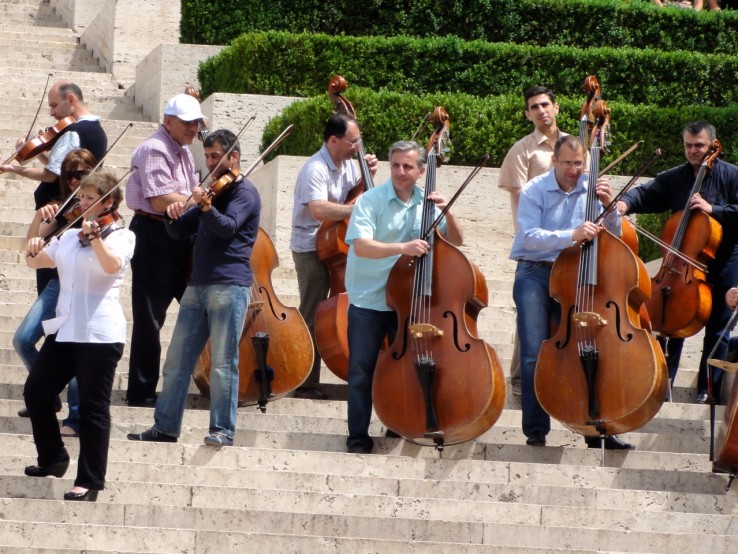
While traveling to Armenia you will step in a culture and history of one of the ancient nations on the earth. The thousands of museums and landmarks will lead you to the past where you will get acquainted with the ancient architecture and the role of Armenia in the world history. You will be surprised to discover Yerevan as a modern European style capital with lovely cafes and restaurants that are full of people even at working hours. Regardless of the fact that Yerevan is more than 2700 years old, it seems to be too young.
Armenia has some of the wonderful monasteries in the world…
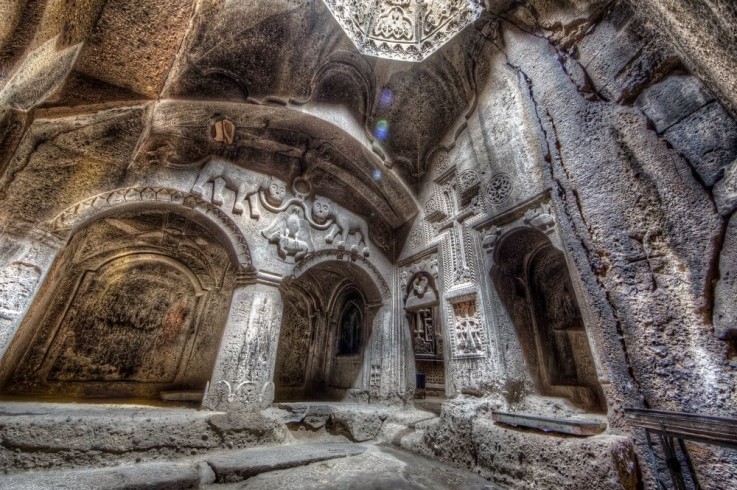
Among thousands of churches and monastery complexes each has its uniqueness and beauty; dark and bare, free of frescos and any decoration. Those two candles glowing in the deep darkness helps you to find yourself in the real spiritual atmosphere of a thousand-years old prays. The once decorated and fresco-rich walls stand now dark and bare because of long-lasting wars and conquerors. As usual, the sites where monastery complexes and churches have been founded are of particular impressiveness and beauty either at the shore of the Sevan Lake, or in a gorge, either on a cliff or in the cave of the Geghard Monastery.
Some of the national symbols make you stop and admire…
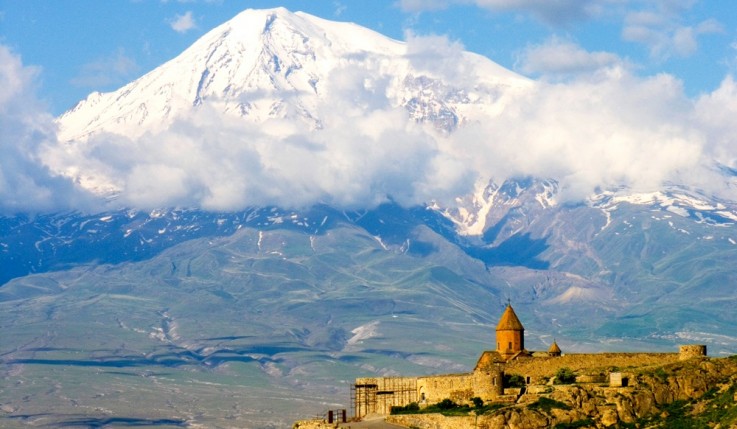
Ararat. The glorious Mount Ararat has been considered a national symbol of Armenian from unknown times. It is considered that Noah’s ark stopped at the slope of the Mount Ararat after the waters of flood had receded. In the Armenian mythology Ararat is the Home of all the Gods. Ararat symbolizes the Armenian identity and it is depicted on many souvenirs and paintings, on the Coat of Arms and passport stamp.
While constructing their houses people do their best to have a view of the Mount Ararat. It’s a naughty mount as there are not that many occasion when you will find it clear of fog. The bad side of the story is that while being an Armenian symbol the Mount Ararat is now under the territory of Turkey. The closest you can be from the mount is about 32 km away, which is so close and meanwhile so far.
The amazing culture of attending cafes.

It is one of the things that will surprise you most; the numerous lovely cafes give the capital Yerevan more of a European style and breathe than an Asian one. The city boasts a big number of cafes; regardless of the hour and time during the day you will find people enjoying their cafe leisure at cafes in parks, squares and streets. Armenians love thick and dark coffee; besides, sitting at a cafe and watching people around with a cup of strong Armenian coffee will be both interesting and available.
Contemporary Art is everywhere...
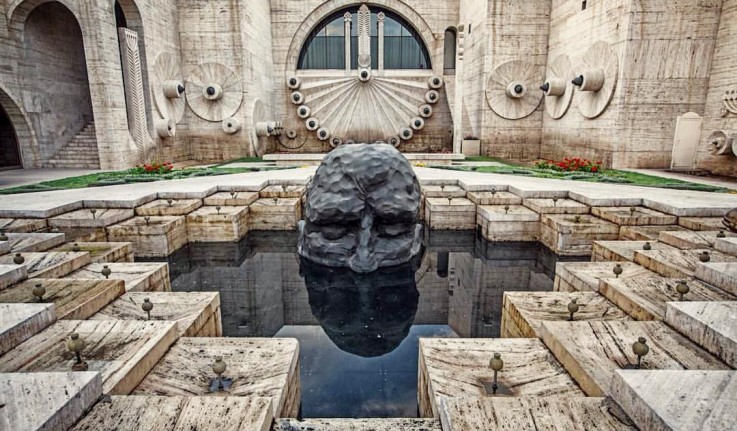
Armenia is home to Contemporary Art. To see a lot of amazing pieces of Contemporary Art works one should visit the Cascade Complex in the center of Yerevan, which serves as Gafesjian Art Museum. The complex encompasses art works by many international artists and craftsmen that belong to the main collection of the Gafesjian Art Center. The city is also rich in statues to popular Armenians and other thematic occasions.
Khachkars (cross-stones)
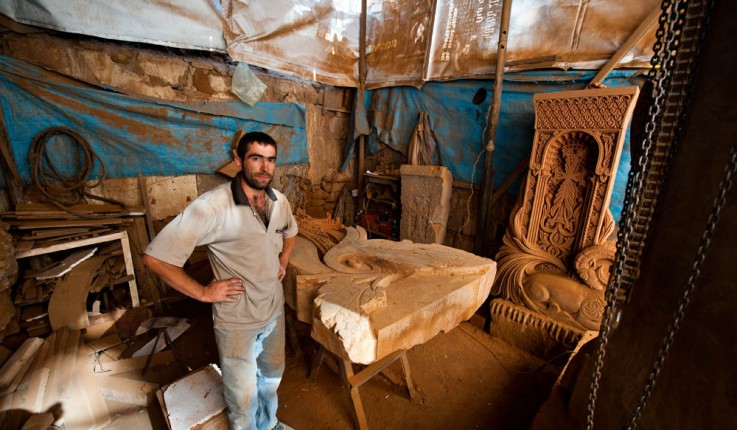
It's almost impossible not to fall in love with the art of cross-stones (khachkars), unique sculptures that can be only found in Armenian and Celtic cultures. The carvings of grape, pomegranate are created in a gentle hand of the craftsmen that gave the carvings a delicate appearance for which they are called needle-made cross-stones. Cross is the most popular Christian symbol that was glorified and through culture of carving cross-stone at an excessive extent especially in Armenia. Everywhere you go in Armenia, you will find cross-stones around which is a bright example of an old Christian nation and culture. Nowadays khachkars are included in the UNESCO Intangible Cultural Heritage list.
Organic and delicious food...
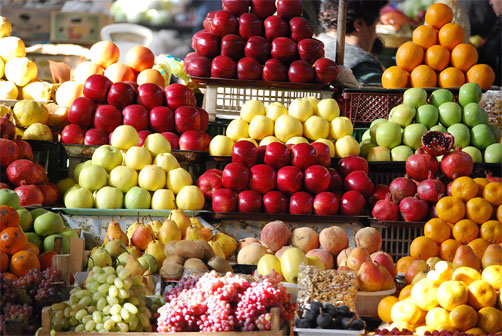
Yerevan markets are opular with variety of fresh and dried fruits with the food policy and tradition being based on ecologiaclly healthy food consumption. Whereever you go there are women selling a rope of dry fruits, the traditional 'Sujukh' Armenian dessert that is made of grape juice and dried nuts.
They are hanging all over the markets like a curtian together with baskets of fruit flat-breads as thin as paper, acpricot, persimmon, almond and fig. Sometimes they call apricot as a big apple. As the tradition goes, in the 1st century AD the Roman General Lucullus took with him young apricot trees to Rome. The Romans planted the trees in their city and called the tree 'Armenian Pulm' after which the frud spread all over Europe. The traditional Armenian juice contains no conservants; it's a boiled water of fruits having a nice flavour. You will find cans of jams, fruits and juice in large numbers. It's a land of fruits! Your best table will be covered with crispy salades, roasted greens and vegetables, herbal tee and traditinal Armenian dessert. The menu will always comprise the traditional Armeian flat-bread that the locals call 'lavash', that is baked in the ground backery that Armenians call 'tondir'; Armenian bareque called 'khorovats' together with the smoke-baked potatoes are a favourite dish for many who have tasted the Armenian cuisine. Just give the stomach a little bit of lightness with the Armeinan yogurt called 'matsun' which is has both healthy and freshening effects.
An incredible variety of different landscap in a small peice of land...
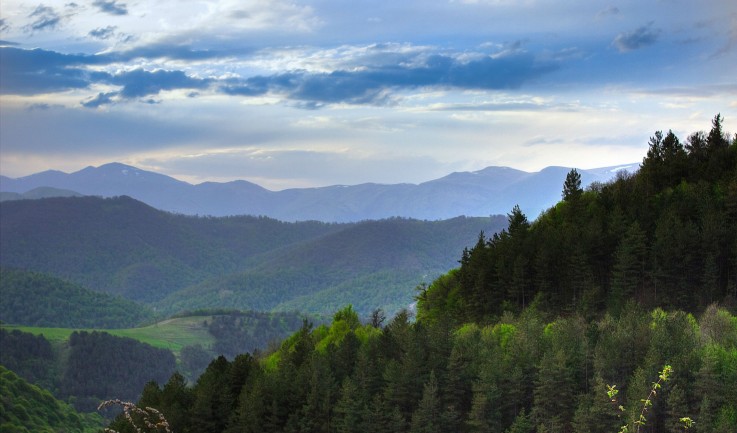
It's a mountainous country and while travelling in different directions across Armenia you will find the landsape suprisingly different and unique from region to region. The north of Armenia is rich in green hills while the south is dry and steppe. The steppe roads of Caucasus Mountain Rage will lead you to the Pagan Temple of Garni (1st century AD) and the Geghard Cave Monastery. Another wonder is the blue-eyed Sevan Lake, one of the highest sweet-water mountainous lakes in the world. Khor Virap Monastery is a pilgrimage site for Armenians and from this site you can enjoy the greatness of the Mount Ararat and the vast plans of wheat, grape that give you a mendicantpanoramic view. Armenia has even its own Switzerland in the north east of the country that they call Dilijan National Park.
To feed love, just play...
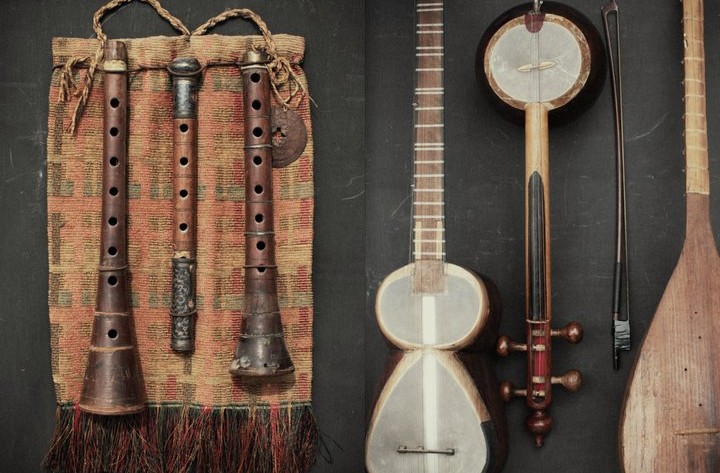
You can hear music everywhere; from young men in the malls playing folk music on duduk national musical instrument to street musicians and the dancing and singing fountains of the Republic Square. Armenian music has an ancient tradition developed by the priest and composer Komitas Vardapet in the 19th century.
People living in Amrnia will always find ineterst in foreigners and ask questions to know their nationality. Afterwards one will hear a flow of opinions about the country and its role in the world politics, what they like or dislike about it and many more. The young and the old enjoy taking photos with you. Women selling dry fruits will offer you to taste from all of the products for free until you make up your mind and decide which ones to buy. They will always ask you whether you like Armenia or not, waiting for your honest 'Yes'.
Welcome to Armenia! :)



